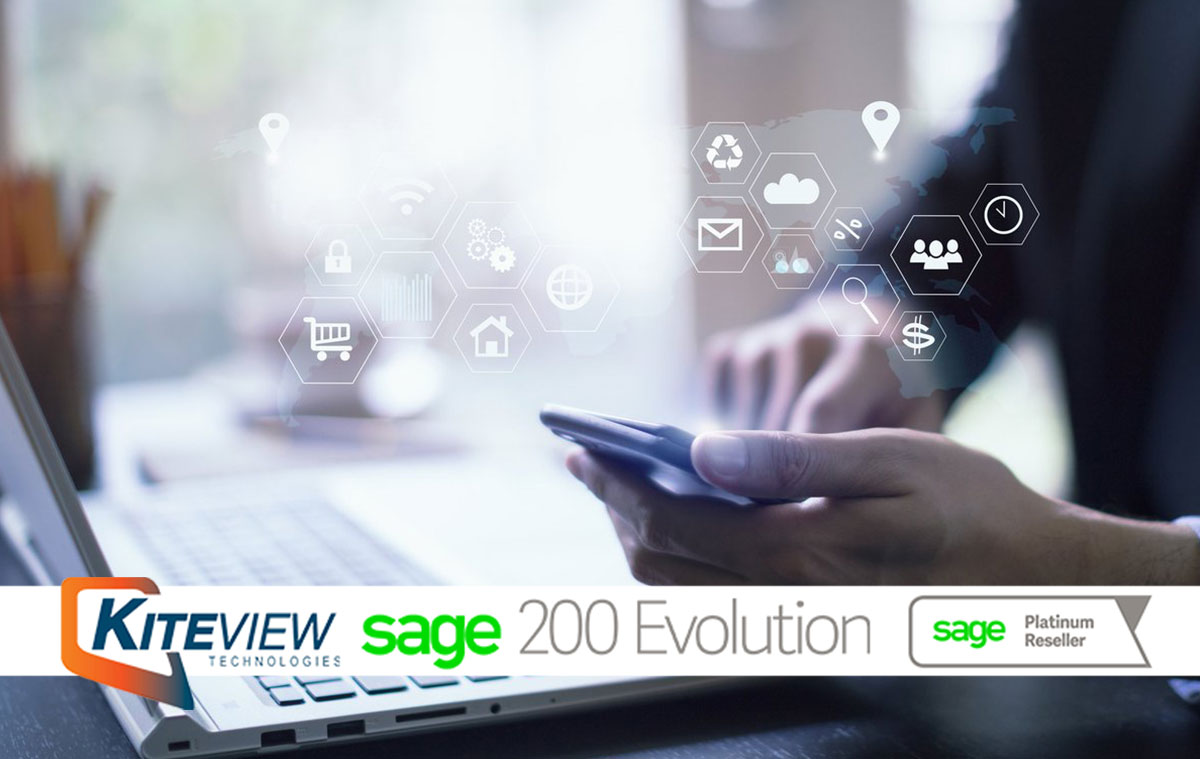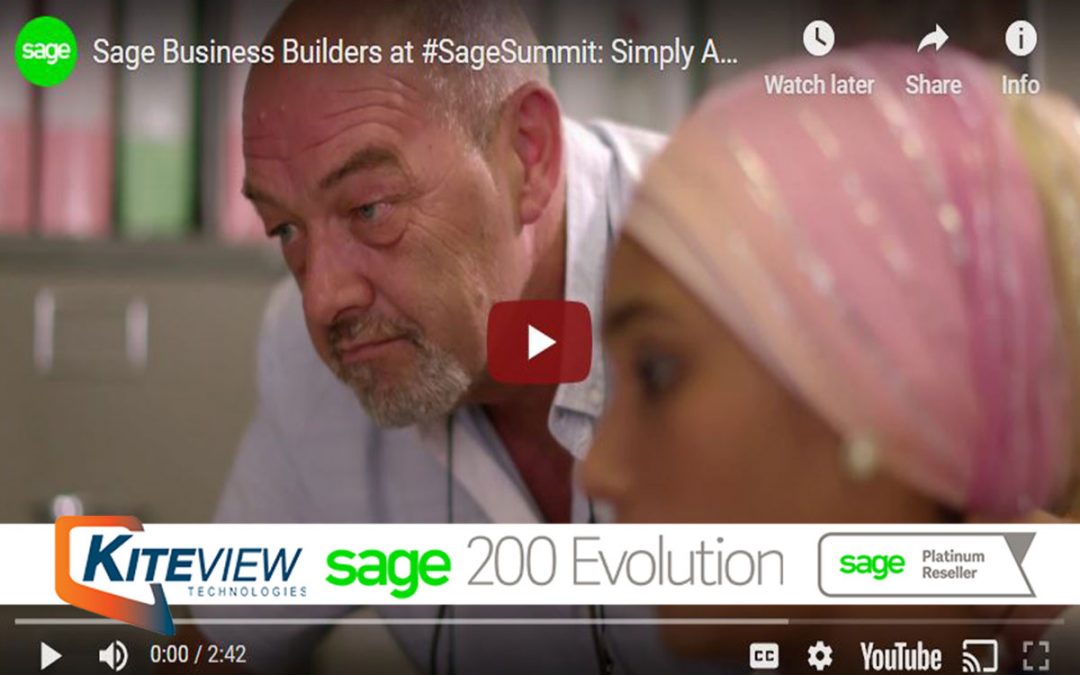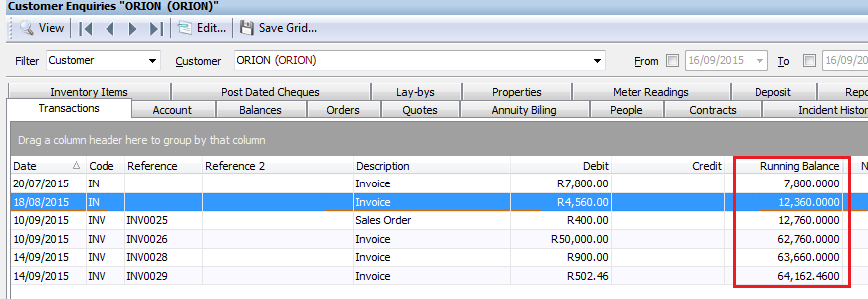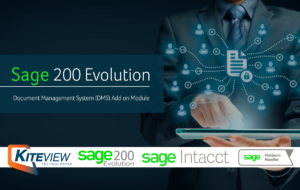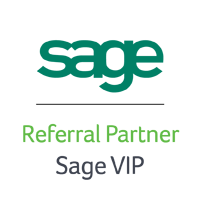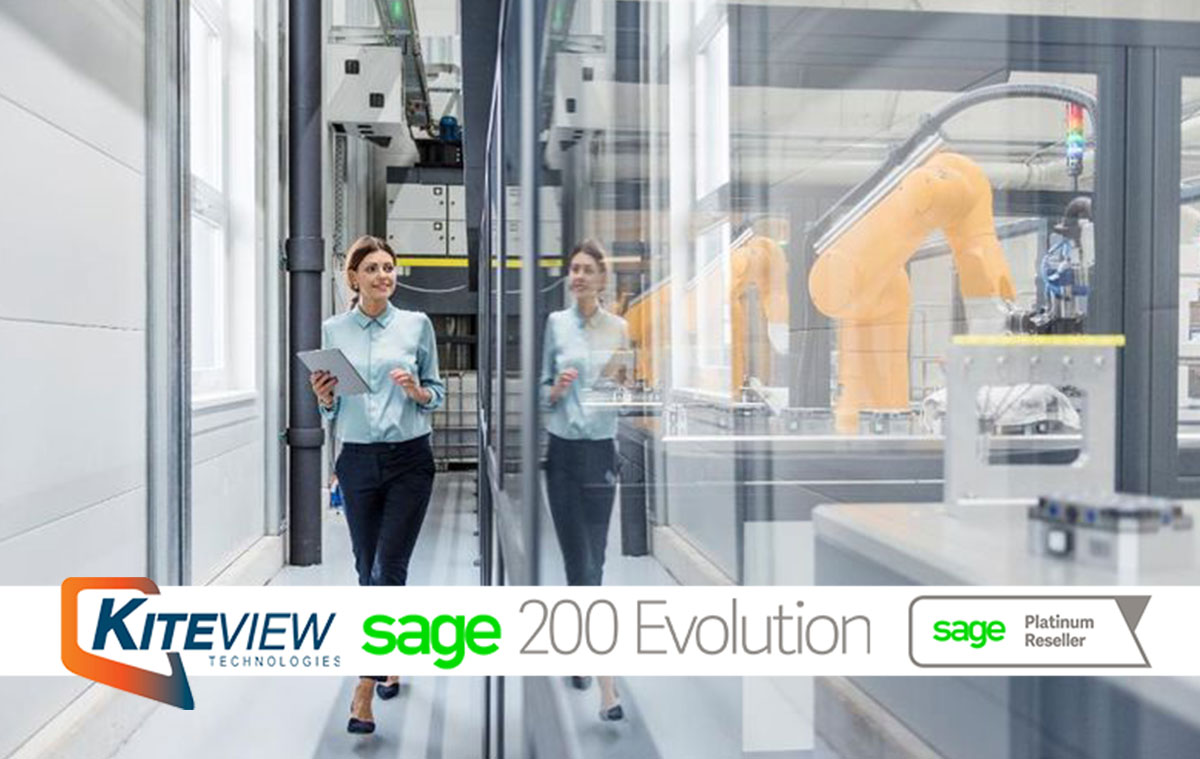
3 Business Tech Predictions For Manufacturers In 2020
Article credit: Sage
As businesses look ahead to the business trends of 2020 to plan their strategies for the coming year, we know technology will continue to play a pivotal role in how we do business as newer, more powerful innovations become available.
We predicted in 2018 that 2019 would be the year of the integration boom for core business areas such as funding, payroll, HR, and accounting. Digital transformation across the globe has fuelled this change as businesses move toward more agility, better flexibility, and doing more with data.
Now we’re zooming in on 2020 for the UK manufacturing industry and the heavy activity from a political, legislative and social perspective that will occur.
How will technology help CFOs and CEOs in the manufacturing space to navigate emerging complexities? What are the other factors that business leaders need to consider as they plan for growth and expansion?
Read this article for three business tech predictions worth considering when planning your strategies for 2020. And below are three tips to help you tackle business complexities that may try and stand in your way.
1. All eyes on intellectual property and e-commerce
One topic that is picking up speed within the World Trade Organisation (WTO) is the risk of the moratorium on e-commerce expiring, enabling some countries to start imposing a customs tariff on intellectual property. Adam Prince, Sage’s VP of Product Management, explains how this might impact business.
He says: “Between trading goods and trading services, most free trade agreements only relate to goods. The World Intellectual Property Organisation (WIPO) estimates that 80% of the value of international trade is in services because some form of intellectual property will be involved.
“Even a loaf of bread is probably made with genetically modified grain, so the grain itself has an intellectual property component.
“The moratorium on e-commerce was first introduced in May 1998 at the second World Trade Organisation Ministerial Conference (MC2) and was a temporary ban on adding new tariffs or trade barriers to ecommerce in all its forms.
“Since then the moratorium has been renewed almost every two years, but is coming under increased scrutiny due to digitalisation and the corresponding reducing in value of physical goods that can be taxed via traditional customs procedures.
“The reason is even today, many items such as films, music and news are no longer shipped as physical assets. If you fast-forward to the future seeing how far 3D printing has come today, the market for 3D printing will allow us to print virtually any part or object.
“We can already print biologicals and plastics. This isn’t science fiction. The only hurdle here is the economy of scale. At some point, most of what you need in theory could be downloaded as a pattern and printed locally.”
Prince continues: “So, when I send that design pattern electronically, how do customs agents know the true value of that good? How do you tax goods that go across the border when they’re intellectual?
“The moratorium says not to tax them because every time you implement a customs tariff, you add another frictional barrier to global trade.
“Now the moratorium is under threat. South Africa, India and a few other countries are unhappy with it and are looking to veto its renewal.
“I think in the future, as we recognise where intellectual property lies in within the supply chain, we’ll start to see the argument that less should be facing customs tariff because of the value of the physical goods.
“And more should be treated as a service that is only taxed indirectly via VAT or US Sales and Use tax depending on which country you’re in.”
2. More impact from data privacy laws
Data protection legislation has two very distinct but interwoven flavours: data flow and data localisation.
Data flow legislation restricts what data can flow out of a country and typically exists to protect personal data.
Data localisation legislation requires that a copy of any data must remain in a country even if the data is also shared (or flowed) to other countries, and may be linked to governments wanting their courts to be able to access financial, tax or other information.
Globally, data privacy regulation has been a continuous conversation over recent years as technology improves and individuals demand more control over who has access to their data.
The biggest evolution among the personal data protection legislation (i.e. data flow legislation) took place in 2018 with the implementation of GDPR across the European Union, followed by PSD2 in September 2019 and LinkedIn’s recent appeal denial in California, which let stand an August 2017 preliminary injunction that required LinkedIn to give hiQ Labs Inc access to publicly available member profiles.
More than 80 countries and independent territories – including nearly every country in Europe and many in Latin America and the Caribbean, Asia and Africa – have now adopted comprehensive personal data protection laws.
Data localisation legislation is also evolving, with one example being Australia. The Australian Tax Office (ATO) requires any system that sends high risk or high volume tax information about Australian businesses or individuals to keep a copy of the data in Australian territory or gain permission to store it elsewhere.
This is similar to legislation that has existed in Germany for many years. Russia is another example where a copy of data about individuals must be kept in Russia even if it is also exported elsewhere.
The differences in these laws may pose a challenge for manufacturers who want to store data on multiple individuals in different countries.
“If you’re responsible for managing information security, this can get expensive as your company looks to expand,” Prince explains.
“Global trends toward data protection are great for the individual but the differences in legislation means manufacturers can expect to continue to need resources to navigate through those complexities.”
3. More mid-market businesses reaping SaaS benefits
According to research from Eurostat, more UK manufacturers are investing in cloud computing services to run their software, manage customer relationships, manage their finances and accounting, and for database hosting too.
For 2020, Prince advises manufacturers to invest in predictive modelling and planning technology that integrates with their enterprise resource planning (ERP) solution.
He says: “For organisations that want to be on the leading edge, look at sales and operational planning tools. That way, you can better predict sales and account for seasonal fluctuations.
“You can define the factors that impact your sales – whether it’s weather or holidays – and link them to different scenarios to see their impact. It can be as vertical-specific as you need.
“Then you go on to the operational planning, which is what do you need to optimise fulfilment. That includes, whether it’s process or discrete manufacturing, thinking about everything you need in the process, including human resources.
“For example, if you’re in discrete manufacturing and make big machinery, you’ll need people who can install, train and maintain it. Those services would be added to your sales and operations processes as well.”
Investing in sales and operations also improves lead time planning. Depending on your business management software, you could have all the factors impacting your sales cycles in every region in one place.
This will give you a better understanding of the geographic mix of your customers and suppliers and a better perspective of what could impact lead time.
Preparing for business complexities in 2020
With factors such as Brexit, tariff wars and customer demands challenging the industry, you should focus on three areas for the fluidity needed to navigate to the future:
1. Replace legacy applications
Even if you’ve already digitised manual processes, new capabilities and functionality make now a good time to see what else is available.
Modernising applications can simplify IT and reduce the time spent on management. There are also the benefits of cloud-based applications, as explained earlier.
2. Unify operating systems and create one rich ecosystem
Streamlining an environment rather than dealing with multiple systems will reduce complexity. This also future proofs your organisation and will help your company to adopt new technologies quickly.
Look at how your company can seamlessly move data across the business and share it with your partners.
This will need a platform that allows you to draw out the insights to create the new revenue streams that point the way forward.
3. Deploy automation and artificial intelligence (AI) tools and technologies
There are opportunities to increase productivity and efficiency through automation and AI tools, and technology across all types of manufacturing. Robotic Process Automation (RPA) is already used widely in several industries.
Kiteview Technologies (Pty) Ltd was founded in May 2010 to provide the Sage Evolution Business Management solution to the SME market. The management team of Kiteview have combined +30 years of experience in the delivery of small to mid-market Financial & Business Management solutions. This experience, combined with a sound project implementation methodology has helped in Kiteview’s growth, becoming a Platinum status partner for SAGE Pastel within just 1 year.
Contact Us
For An Obligation Free Quote

